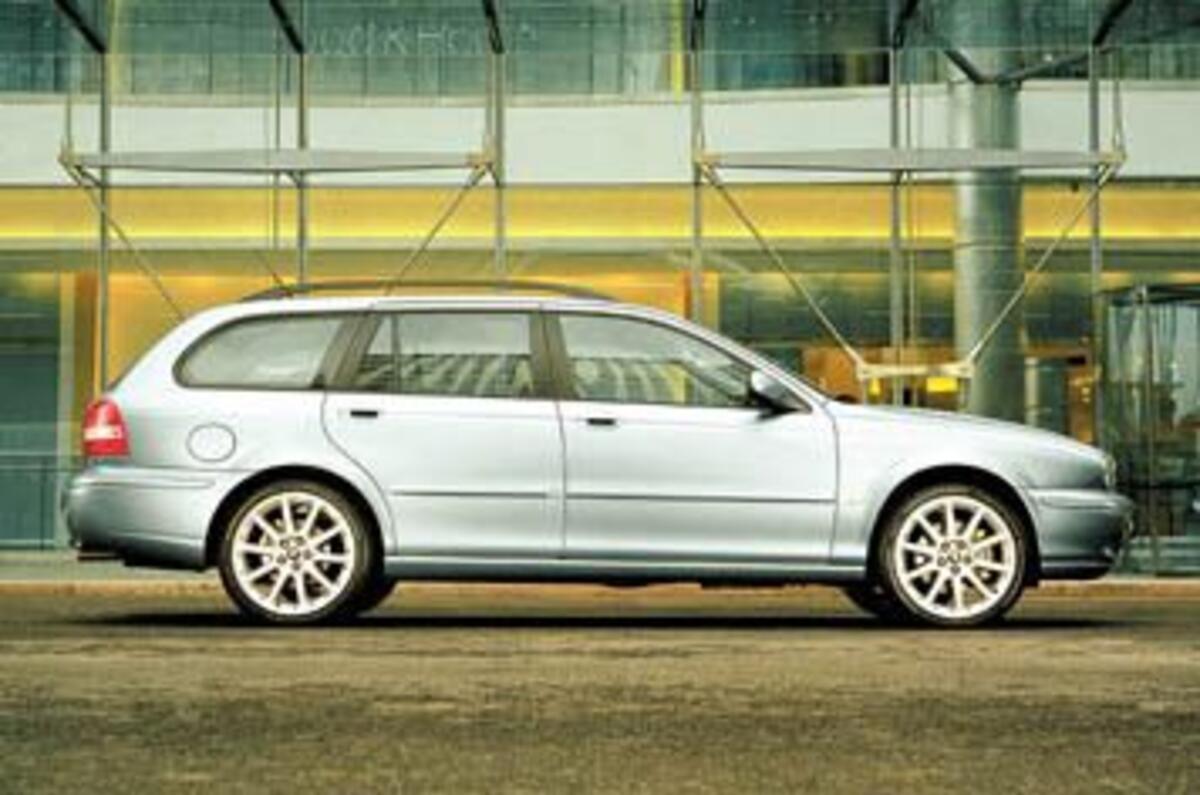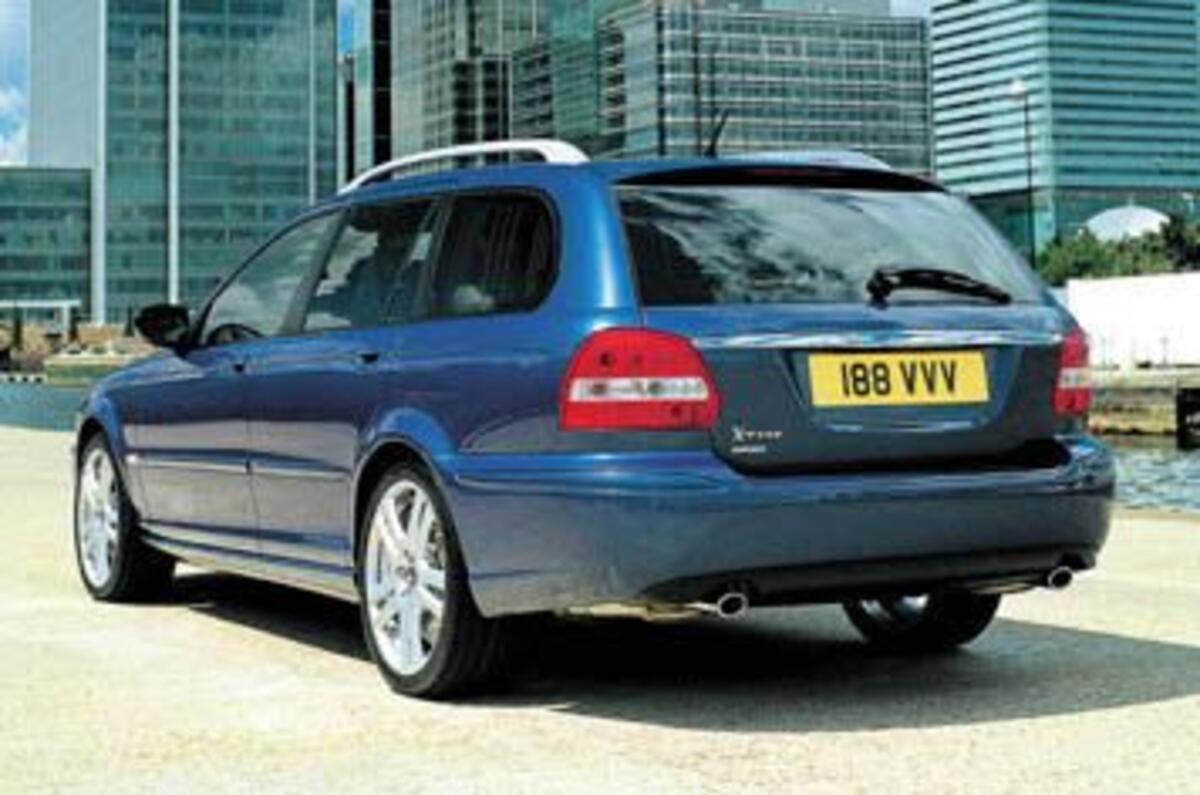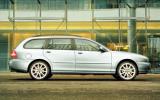As the controversy sparked by the front-drive, diesel-powered X-type 2.0D subsides, Jaguar is putting the final touches to a car that will cause uproar in Tory constituencies across the land – the X-type Estate. The firm’s first-ever load-lugger was unveiled at last month’s Frankfurt show, but with no on-sale date planned until Spring 2004, a long wait seemed inevitable – until we were given a sneaky go in a pre-production prototype at MIRA’s test facility.
With its elegantly reprofiled rear end, and obligatory roof bars, the X-type wagon is not only as effortlessly stylish as Audi’s hugely popular A4 Avant, but genuinely modern looking, unlike every other current Jag. A quick straw poll in the office suggests that the Estate actually outranks its slightly stuffy-looking saloon sister in the beauty stakes.
That sloping tailgate is deceptive, though. The load area can swallow 465 litres of baggage with the seats up, and a hefty 1415 with them folded down, the latter figure beating that claimed by BMW, Audi and Merc for their estate variants. What’s more, the seats can be dropped without removing the headrests, and rear-seat passengers enjoy generous headroom thanks to the high roofline.
There’s also an opening glass rear screen, optional dog guard built into the sliding load cover and a 12v power socket hidden under the boot floor. However, the design of the rear lights means they intrude into the load width, and underfloor storage is almost entirely taken up by the spare wheel and jack.
Jaguar’s chassis engineers have been busy, too. Torsional rigidity is said to exceed that of the BMW, and the springs, dampers, bump-stops and anti-roll bar settings have all been revised to counter the car’s 65kg extra kerb weight and altered weight distribution.
As we were restricted to a few laps of MIRA’s wet handling course and the high-speed bowl as part of a Bosch ESP evaluation day, we can’t yet give you a definitive verdict.
However, to drive, this 3.0-litre Sport model closely resembles the four-door. Steering is big on precision and feel, but lacking in weight, and the tendency to understeer can be cancelled out by aggressive steering inputs, unlocking what is essentially a benign, well-balanced chassis. The ride felt surprisingly fluid considering the car’s sports suspension and 18in alloys, and there’s no doubting the traction and stability afforded by the all-wheel-drive transmission.
Engine options will be restricted to the new 2.0D, the 2.5 and 3.0 V6, 4x4 being standard on the two petrol engines.
Euan Sey









Add your comment